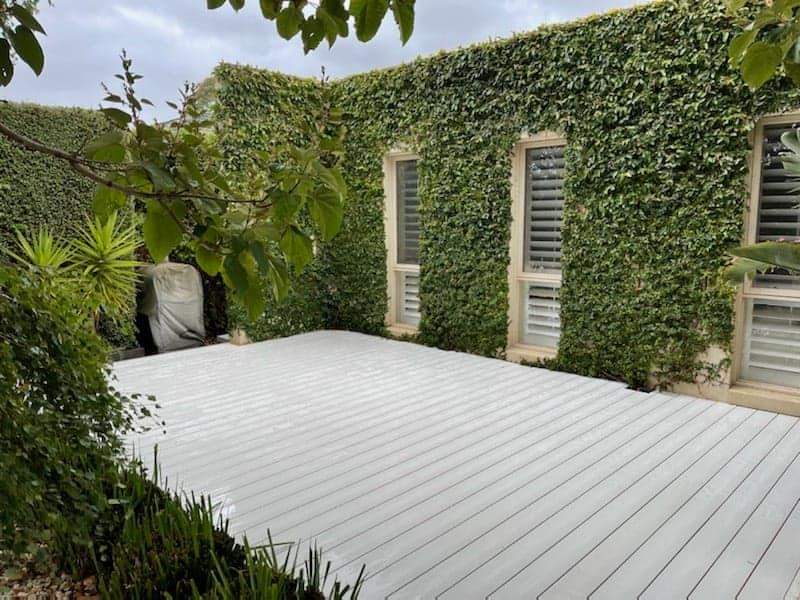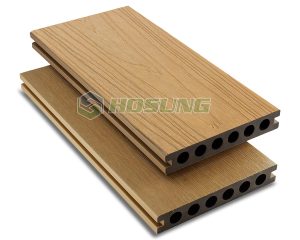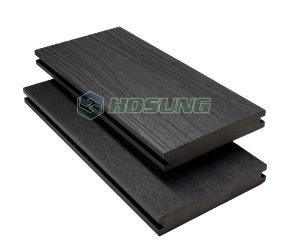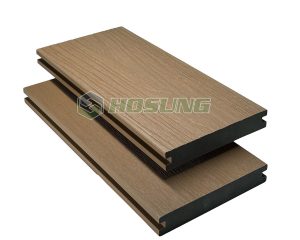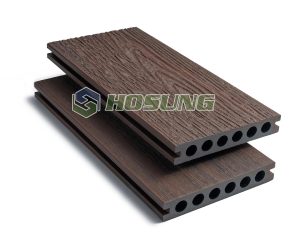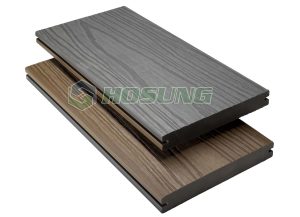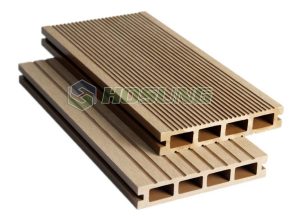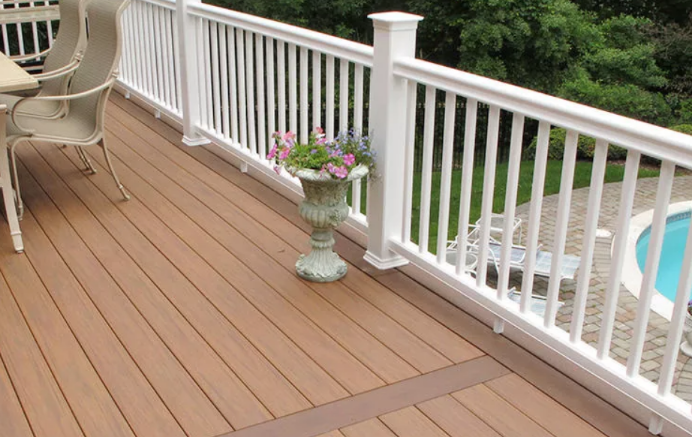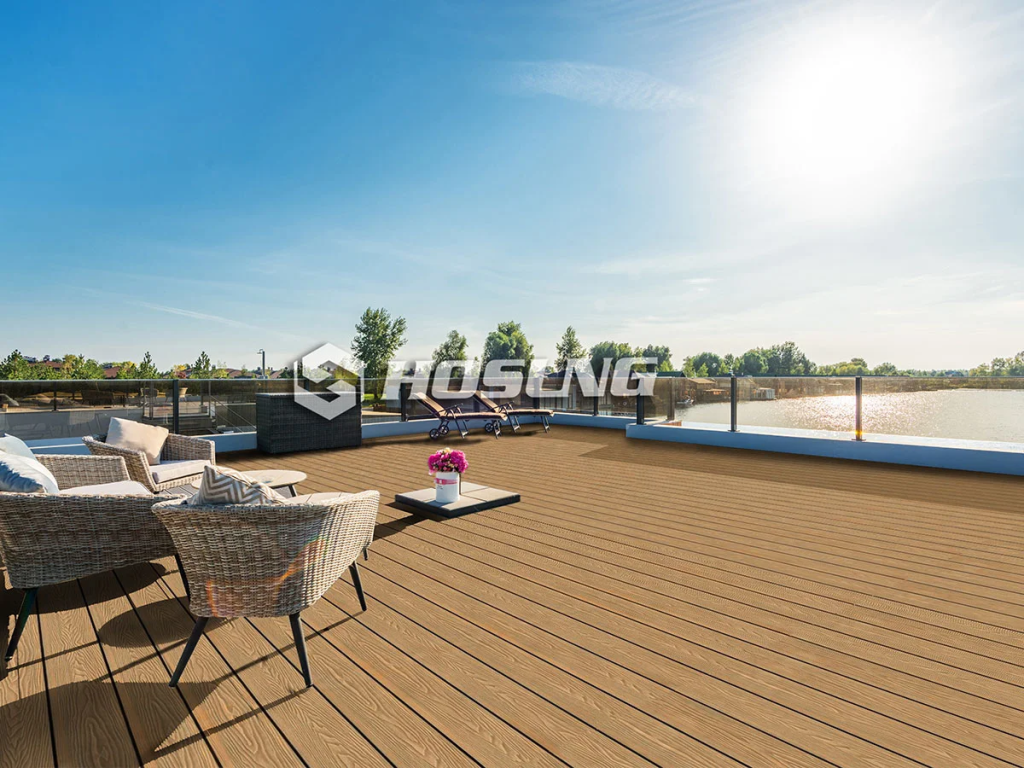Composite decking has rapidly gained popularity in Canada over the past decade as homeowners seek durable, low-maintenance, and visually appealing alternatives to traditional wood decking. While the benefits of composite decking are well-known, one of the most common questions potential buyers ask is: “How much is composite decking in Canada?” Understanding the price range, factors affecting cost, and value for money can help you make a smart investment in your outdoor living space. In this article, we’ll explore all these aspects in detail, providing you with a comprehensive guide to composite decking pricing in Canada.
Table of Contents
What is Composite Decking?
Before diving into costs, it’s essential to understand what composite decking is. Composite decking is made from a mixture of wood fibers and plastic, usually in a ratio that optimizes durability and aesthetics. The resulting material is resistant to rot, decay, warping, and insect damage, making it a popular choice for Canadian climates that experience harsh winters and heavy precipitation.
Unlike traditional wood decking, which requires frequent staining, sealing, and sanding, composite decking requires minimal maintenance. It can be cleaned with soap and water and often comes with color options and textured surfaces that mimic natural wood. These features contribute to its higher upfront cost compared to traditional wood but make it a long-term investment.
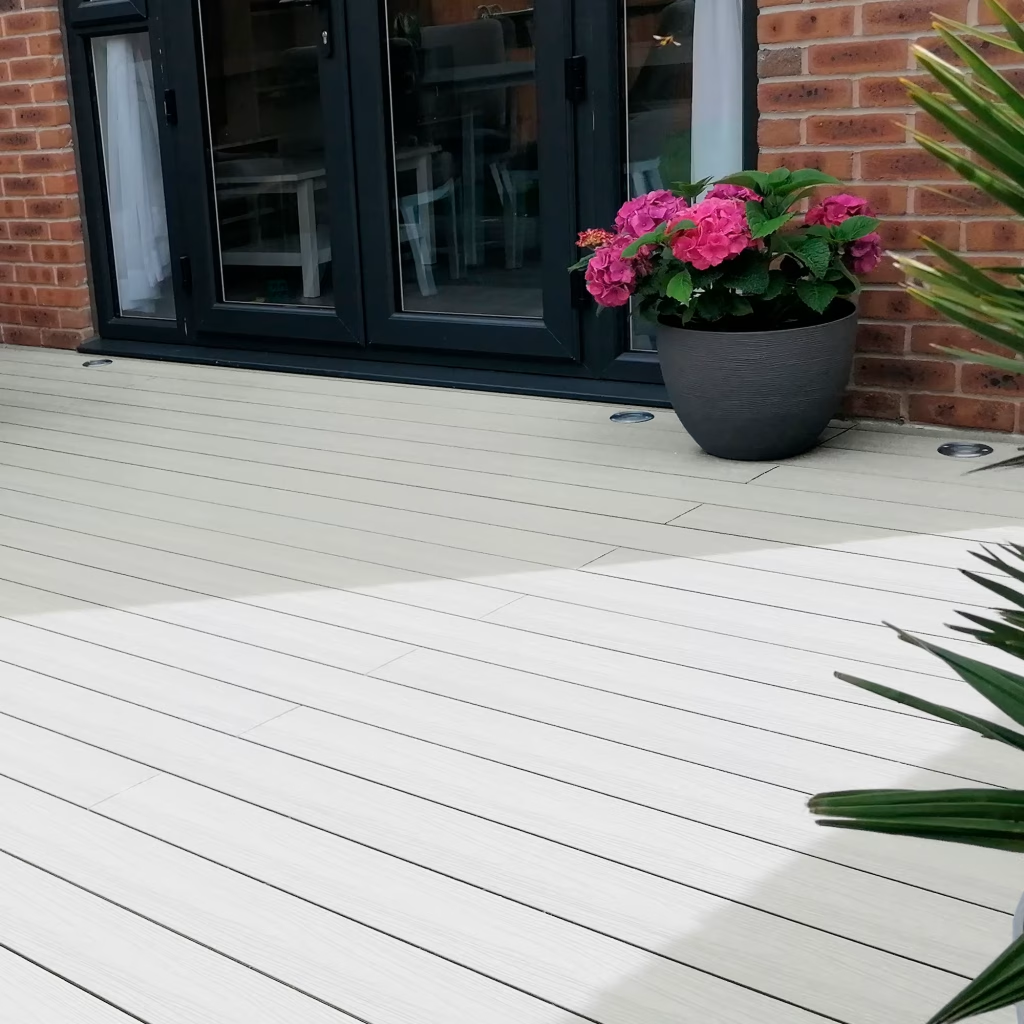
Average Cost of Composite Decking in Canada
The cost of composite decking in Canada can vary widely depending on the brand, material quality, board size, and installation method. On average, homeowners can expect to pay between CAD 35 and CAD 70 per square foot installed.
To break this down further:
| Cost Component | Average Price (CAD) |
|---|---|
| Material Only | $25 – $55 per sq. ft. |
| Professional Installation | $10 – $15 per sq. ft. |
| Total Installed | $35 – $70 per sq. ft. |
It’s important to note that these figures are averages. High-end composite decking brands with superior warranties and finishes can exceed CAD 80 per square foot, while budget options may fall closer to CAD 30 per square foot.
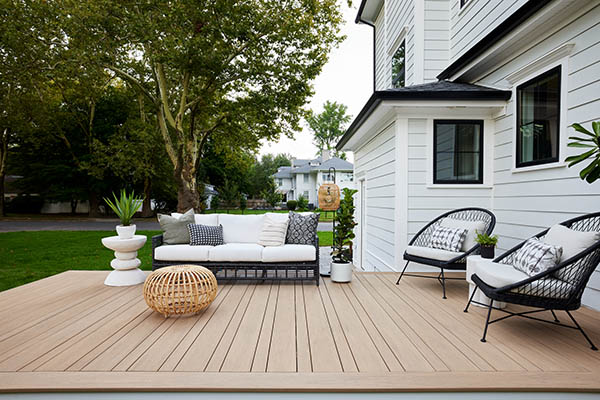
Factors Affecting the Cost of Composite Decking
Several factors influence the final cost of composite decking in Canada. Understanding these factors can help homeowners make informed decisions and plan their budgets effectively.
1. Brand and Quality
Composite decking is available from various brands, each offering different levels of quality and durability. Premium brands like Hosung, often come with longer warranties, superior UV resistance, and advanced textures that resemble real wood. These brands typically cost more upfront but may save money over time due to reduced maintenance and longer lifespan.
Budget-friendly brands may offer lower initial costs but could require more frequent cleaning, repairs, or replacement. Comparing brands based on warranty coverage, material composition, and user reviews is essential when considering price.
2. Material Composition
The ratio of wood fibers to plastic and the type of plastic used can impact the price. For example:
High-density polyethylene (HDPE) composites tend to be more durable and expensive.
Polyvinyl chloride (PVC) decking is resistant to moisture and often costs more than standard wood-plastic composites.
Capstock composite decking, which has a protective outer layer, generally costs more but offers better resistance to fading and staining.
3. Board Size and Thickness
Composite decking boards come in various widths, lengths, and thicknesses. Wider or longer boards are usually more expensive, as are thicker boards designed to support more weight or reduce deflection. Standard boards are often 1 inch thick, 5.5 inches wide, and come in lengths ranging from 12 to 20 feet. Custom sizes can increase both material and installation costs.
4. Installation Method
Installation costs are a significant portion of the overall budget. Composite decking can be installed using either:
Face-screw method: The boards are screwed directly onto the joists. This method is simpler and slightly cheaper but leaves visible screws.
Hidden fasteners: Clips are used to secure the boards, providing a cleaner, screw-free look. This method is more labor-intensive and usually costs more.
The complexity of the deck design also affects installation cost. Multi-level decks, built-in planters, and integrated lighting systems will increase labor expenses.
5. Location and Seasonal Pricing
Prices for composite decking can vary by region in Canada due to differences in shipping costs, labor rates, and climate considerations. For instance, urban areas like Toronto, Vancouver, or Calgary may have higher installation costs compared to rural areas. Seasonal demand can also influence pricing, with peak spring and summer months sometimes seeing higher rates.
6. Additional Features
Decking accessories and features can impact the overall price. Consider the following:
Railings (aluminum, wood, or composite)
Stairs and steps
Lighting and integrated electrical outlets
Built-in seating or storage
These features enhance functionality and aesthetics but add to the total cost.
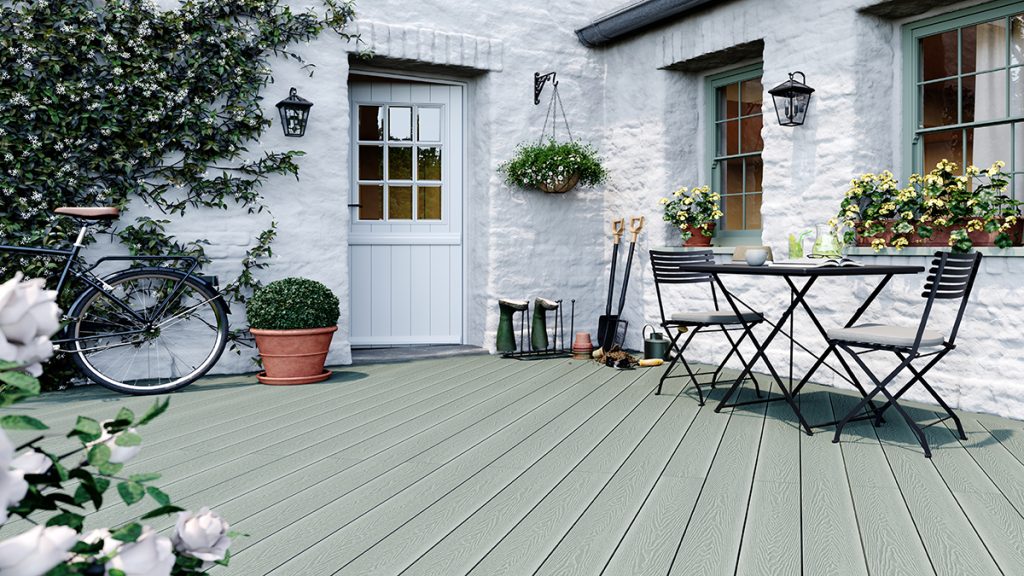
Comparing Composite Decking vs. Traditional Wood Decking
One reason homeowners hesitate to invest in composite decking is the higher upfront cost compared to wood. Traditional pressure-treated wood or cedar decking may cost CAD 15 to CAD 35 per square foot installed, significantly cheaper than composite decking.
However, when evaluating value, it’s essential to consider long-term costs:
| Feature | Wood Decking | Composite Decking |
|---|---|---|
| Lifespan | 10-20 years | 25-30+ years |
| Maintenance | Annual staining and sealing | Minimal, occasional cleaning |
| Durability | Prone to rot, warping, insects | Resistant to decay and pests |
| Aesthetics | Natural wood look | Realistic wood-like appearance with variety of colors |
| Warranty | Typically 1-5 years | 10-25 years depending on brand |
While composite decking may double the initial cost, its longevity and low maintenance make it cost-effective over the lifespan of the deck.

Cost per Square Foot Breakdown
Let’s provide a more detailed breakdown of the costs associated with composite decking:
Material Costs
Budget Composite: CAD 25-35 per sq. ft.
Mid-range Composite: CAD 35-45 per sq. ft.
Premium Composite: CAD 45-55+ per sq. ft.
Labor Costs
Simple Deck Design: CAD 10-12 per sq. ft.
Complex Design or Hidden Fasteners: CAD 12-15 per sq. ft.
Accessories
Railings: CAD 50-80 per linear foot
Steps: CAD 200-500 each depending on size
Lighting: CAD 50-150 per fixture
A 200-square-foot deck with mid-range composite boards and basic installation could cost around CAD 8,000 to CAD 10,000 fully installed. A premium deck with complex features may easily exceed CAD 15,000 to CAD 20,000.
Regional Price Differences in Canada
Pricing can vary across Canadian provinces due to labor costs, shipping, and demand. Below is a general idea of composite decking prices in major Canadian cities:
| City | Average Material Cost (per sq. ft.) | Average Installation Cost (per sq. ft.) |
|---|---|---|
| Toronto | CAD 30-55 | CAD 12-15 |
| Vancouver | CAD 35-60 | CAD 13-16 |
| Calgary | CAD 28-50 | CAD 10-14 |
| Montreal | CAD 27-50 | CAD 10-13 |
| Ottawa | CAD 28-52 | CAD 11-14 |
It’s recommended to get multiple quotes from local contractors to compare prices accurately.
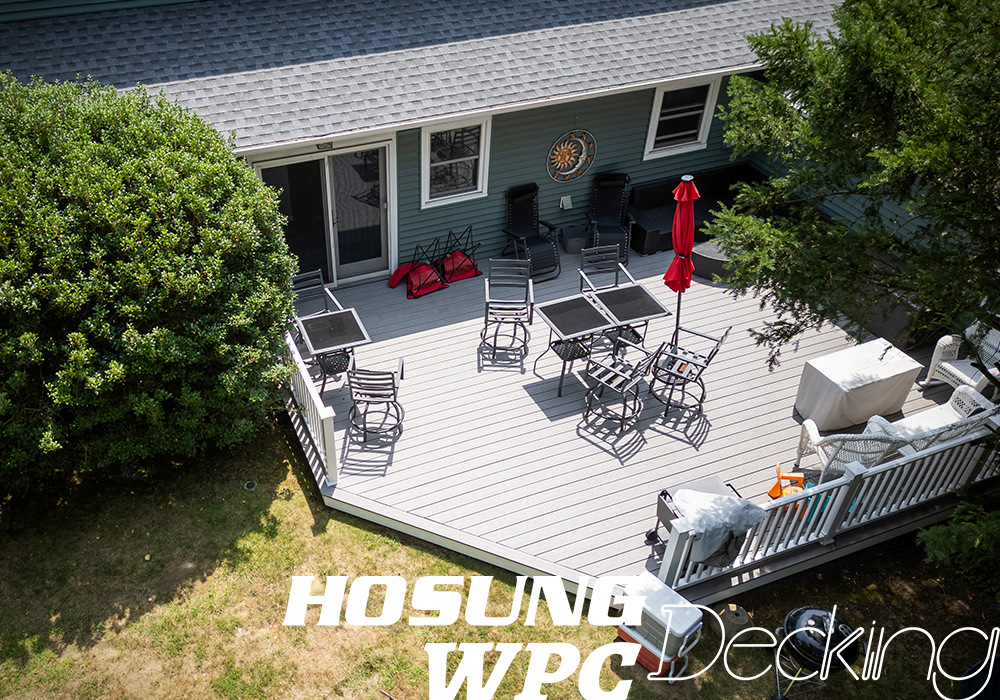
Maintenance and Long-Term Savings
One of the main advantages of composite decking is its low maintenance. Traditional wood decks require regular cleaning, sanding, staining, and sealing, which can cost CAD 300-500 per year. Composite decking only needs occasional cleaning with soap and water, saving both time and money over its lifetime.
Additionally, composite decking resists fading, staining, and splintering, reducing the likelihood of costly repairs. Some premium brands also offer warranties covering fade, stain, and structural integrity for 25 years or more.
When considering total cost of ownership, composite decking often ends up being more economical than wood in the long run.
Tips for Reducing Composite Decking Costs
Even though composite decking is more expensive upfront, there are ways to manage costs without compromising quality:
Buy During Sales or Promotions – Many suppliers offer seasonal discounts or bundle deals.
Choose Mid-Range Brands – Premium brands are excellent but mid-range composites often provide similar durability at lower prices.
Simplify the Deck Design – Fewer stairs, railings, and built-in features reduce labor and material costs.
DIY Installation – Homeowners with experience can save significantly on installation by doing the work themselves, though hidden fasteners may require professional skills.
Compare Multiple Quotes – Always get at least 3 quotes from licensed contractors to ensure competitive pricing.

Conclusion
So, how much is composite decking in Canada? The answer depends on many factors, including material quality, brand, board size, installation method, and additional features. On average, homeowners can expect to pay between CAD 35 and CAD 70 per square foot installed, with potential for higher costs for premium products and complex designs.
While the upfront cost is higher than traditional wood, composite decking offers long-term value through durability, low maintenance, and aesthetic appeal. By carefully selecting the right brand, materials, and installation method, Canadian homeowners can enjoy a beautiful, long-lasting deck that enhances their outdoor living space for decades.
Investing in composite decking is not just about spending money; it’s about creating a durable, low-maintenance, and visually appealing space where family and friends can gather for years to come. When planning your deck project, take the time to research brands, compare prices, and consider long-term savings—your investment will pay off in both enjoyment and reduced maintenance costs.

